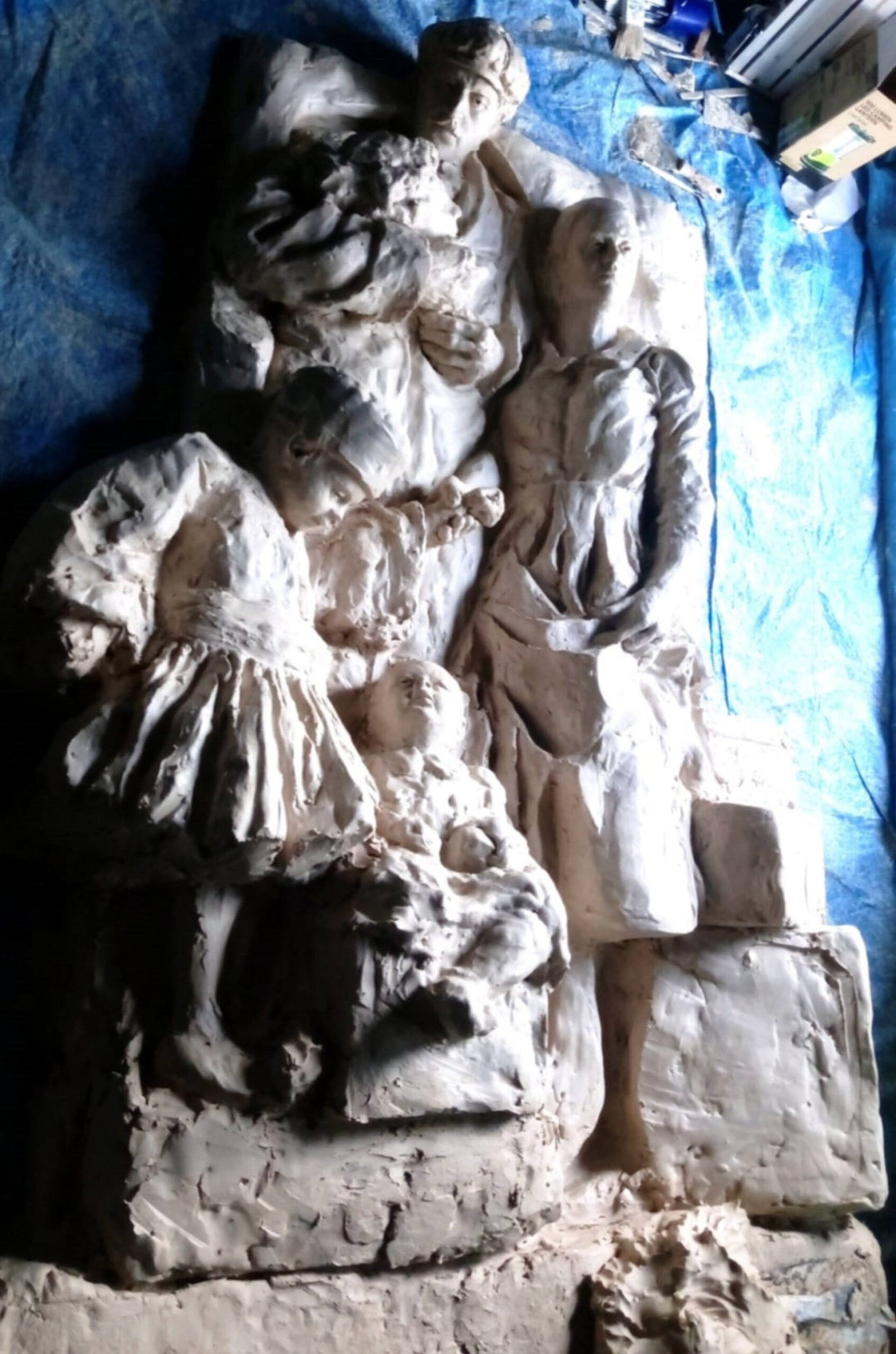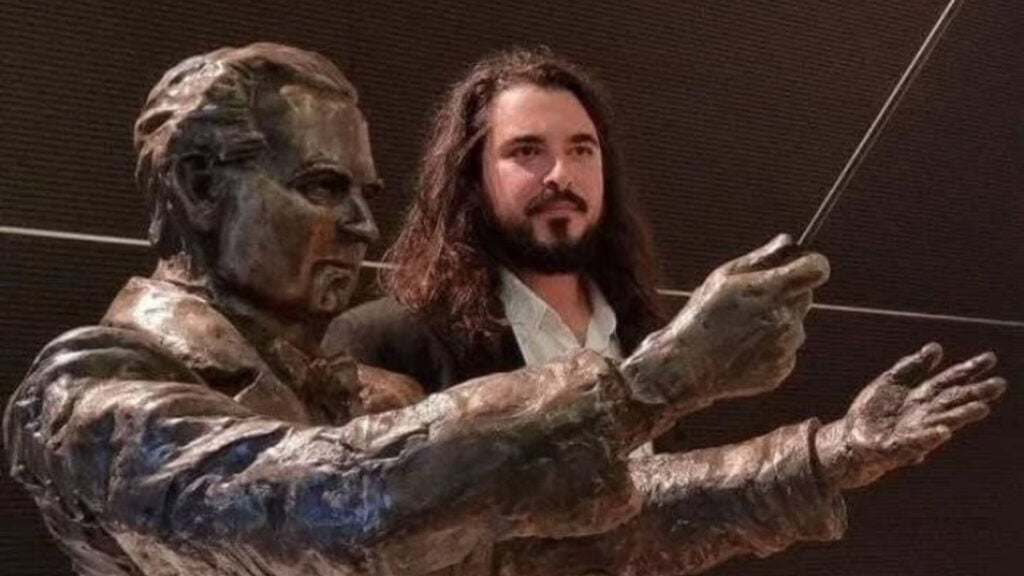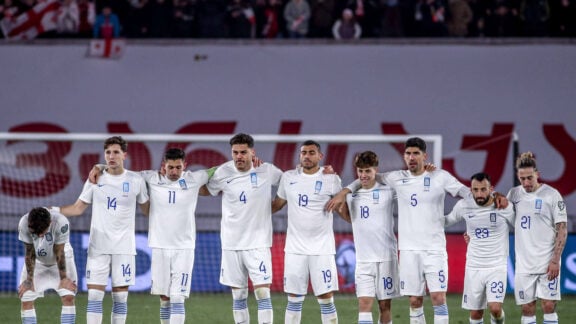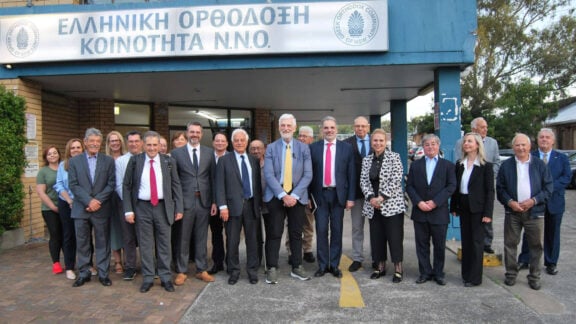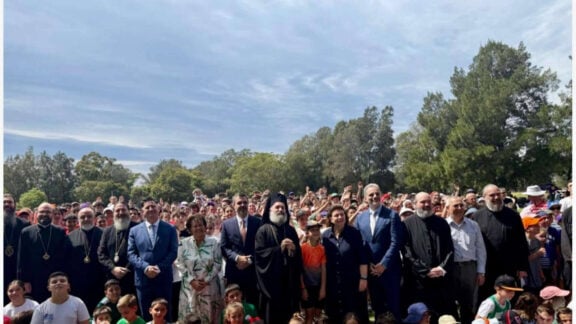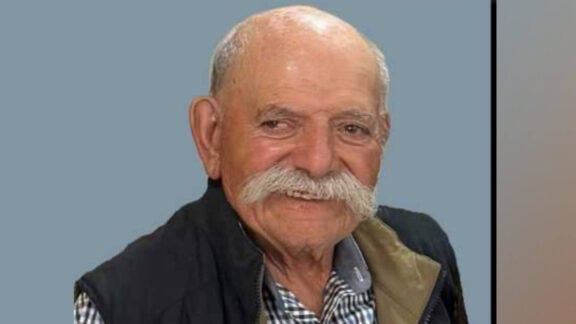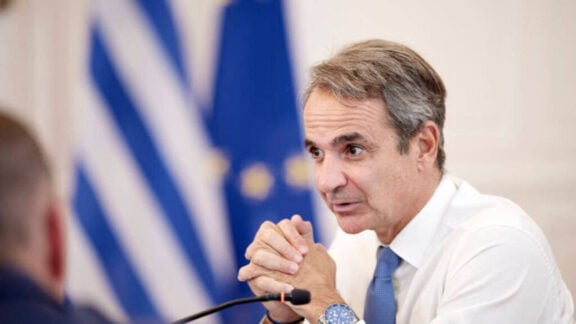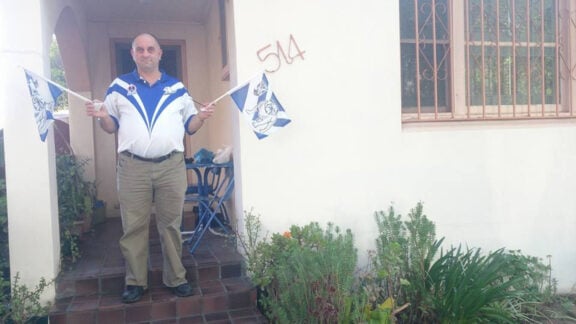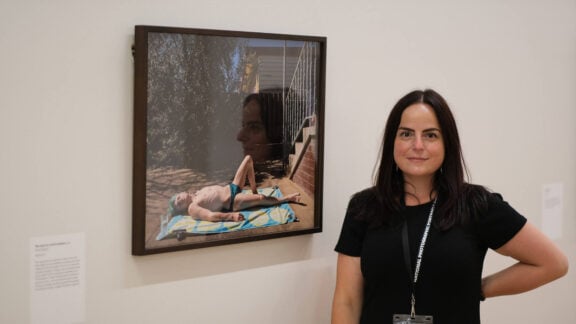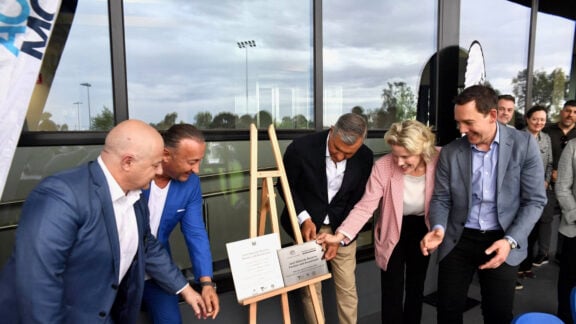Greek sculptor Dimosthenis Tzanakos has gone above and beyond to use his talents to create a piece honouring the legacy of the many Greeks who made the difficult journey to migrate to Melbourne.
The 33-year-old sculptor based in Sparta has been visiting Melbourne for the past fortnight as part of a five-week stay, with him using his time to work on a sculpture capturing the migration stories of Melbourne’s Hellenes.
Tzanakos stated the project was first conceived two years ago during a discussion with his Melbourne-based relatives Helen Tzanakos Silvestro and Pam Manikas.
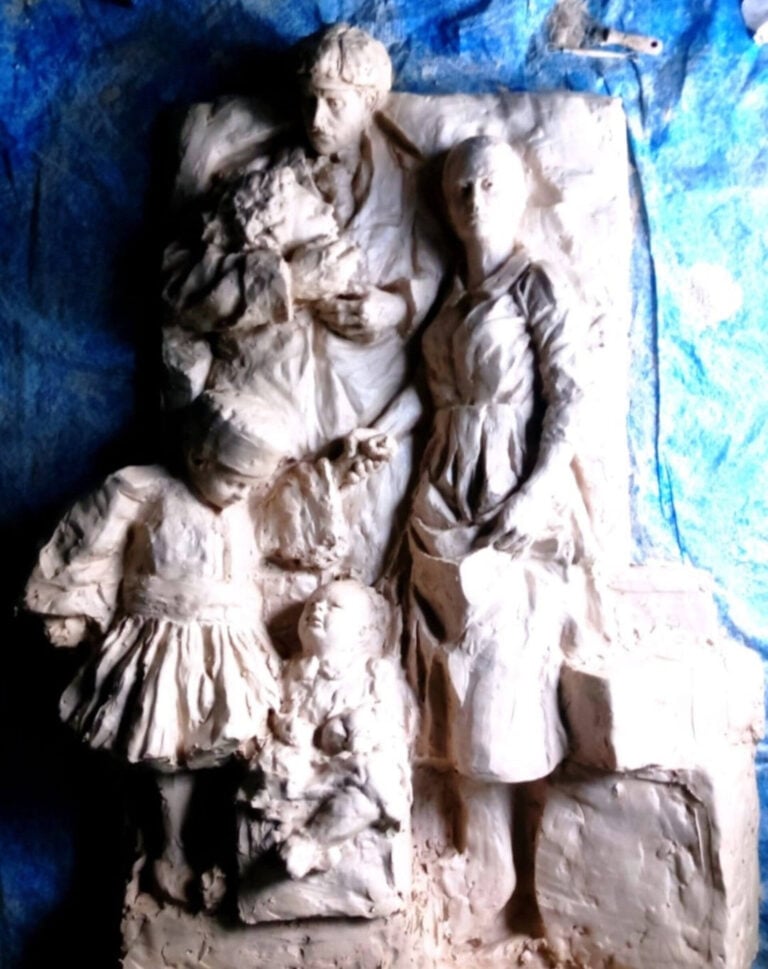
“We discussed my work, monuments in general and the possibility of making one for the Greek community of Melbourne,” he told Neos Kosmos.
The artist has been sculpting for ten years, having become entranced with the art form since starting it in his early twenties after studying Fine Arts.
“What really drew me in was how powerful sculpture can be – how it captures emotion and tells stories that people carry with them for generations.”
The artist stated it was a real honour to take his skills and put it to use for the benefit of a piece dedicated to Melbourne’s Greeks.
“My grandfather’s brothers and sister migrated from Greece, so this project felt personal. It was a chance to give back to the community and pay tribute to all those families who started a new life here,” he said.
“The idea behind the sculpture itself came from real migration stories – people leaving everything behind, but bringing their culture, language, and strength with them.”
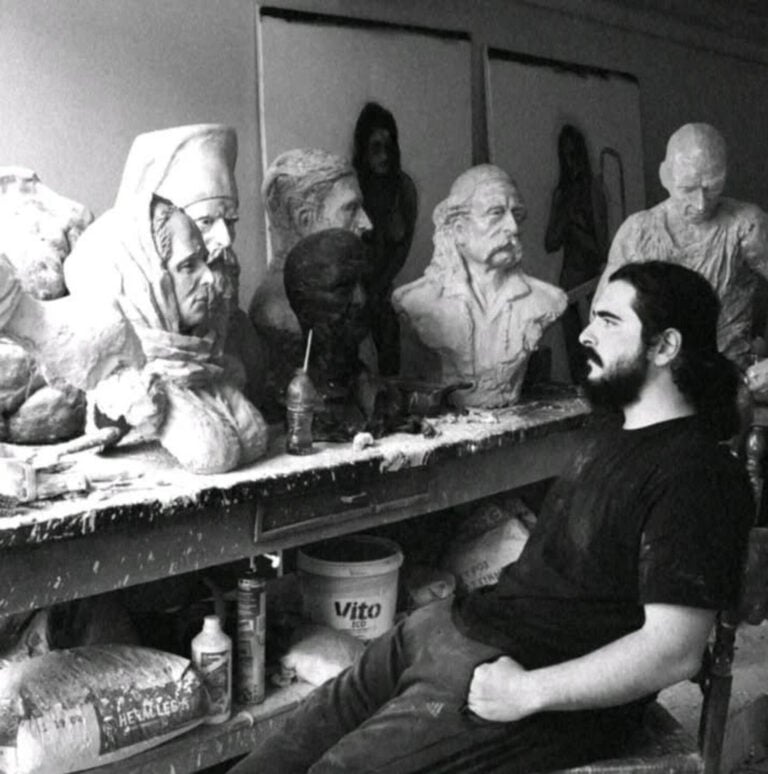
The sculptor expressed that he learned much about the Greek community in Australia while working on the project, especially regarding its impact in shaping modern Australia in areas like education, unions and small business.
“I also did not realise how strong the community networks were, especially in the ’50s and ’60s, when so many were helping each other settle in. I also noticed that Greek Australians have retained more of the Greek culture and traditions than the most Greeks in Greece,” he said.
Speaking on the sculpture itself, Tzanakos remarked that it is being made from plaster and has the potential to be bronzed.
It depicts a man, a woman and their children standing with suitcases, but holding onto symbols from home (e.g. the father holding an ancient Greek bust and the boy being dressed like a tsolias).
“I spent about a month developing the concept and design. The sculpture itself is taking around two months (or more) to complete — a bit longer due to the detail involved and working with different stages and materials,” he said.
Upon completion, the sculpture will be gifted and displayed at a place still to be determined.
“Given its cultural significance for the Greek community here, we look forward to hearing from anyone interested in supporting this project,” he said.
“I am very excited and would love to return to Melbourne if invited to unveil it. I hope it becomes a place where people come to reflect and feel proud.”
